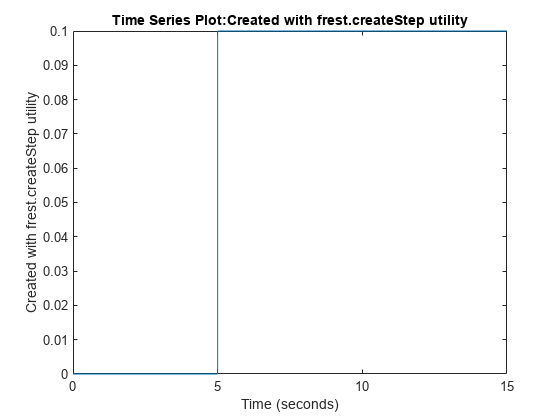frest.createStep
네임스페이스: frest
계단 입력 신호 만들기
설명
계단 입력 신호는 초기값이 0이며 지정된 계단 시간 후에 지정된 계단 크기 값으로 천이합니다. 주파수 응답을 추정할 때 계단 입력은 빠르게 시뮬레이션해 볼 수 있으며 추정하려는 시스템에 대한 지식이 많지 않은 경우 첫 시도로 유용할 수 있습니다. 그러나 가진 진폭은 주파수가 증가함에 따라 급격히 감소합니다. 따라서 계단 신호는 가장 느린 극점이 우세한 저차 플랜트를 식별하는 데 가장 적합합니다. 계단 입력은 광범위한 주파수에 걸친 추정에는 권장되지 않습니다.
추정에 계단 입력 신호를 사용하는 경우 추정된 frd 모델에서 반환되는 주파수는 신호의 길이와 샘플링 시간에 따라 달라집니다. 이러한 주파수는 입력 신호의 고속 푸리에 변환에서 얻은 주파수입니다(frestimate의 알고리즘 섹션 참조).
주파수 응답 추정을 위한 입력 신호에 대한 자세한 내용은 Estimation Input Signals 항목을 참조하십시오.
input = frest.createStep(Name,Value)
예제
이름-값 인수
출력 인수
버전 내역
R2009b에 개발됨
